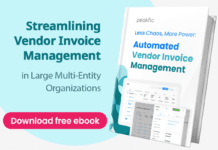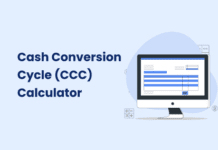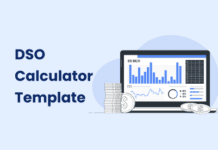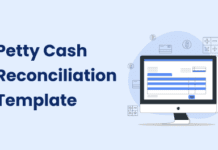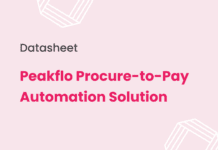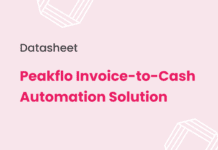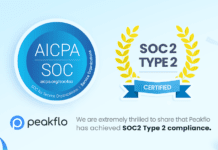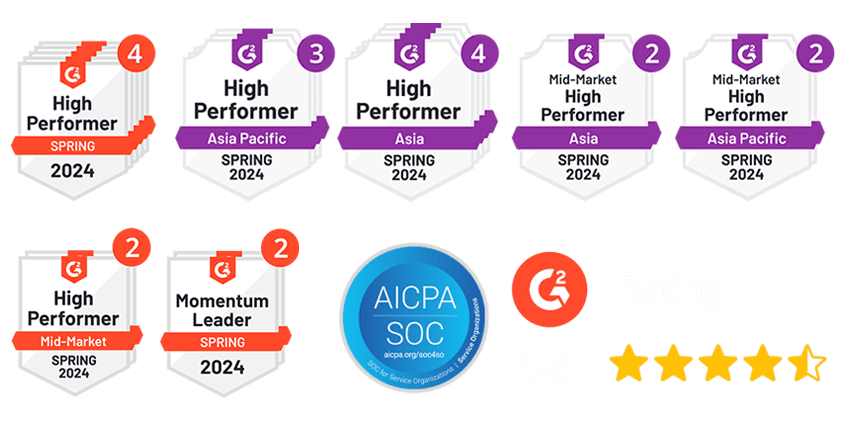In today’s fast-paced business environment, efficient and accurate invoice data entry is crucial for smooth financial operations. However, manual invoice data entry can be time-consuming, error-prone, and resource-draining.
This is where automating the invoice data entry process comes in handy. Automating invoice data capture can streamline accounts payable processes, reduce errors, and save valuable time and resources.
This comprehensive guide will dive into invoice data entry definition and invoice automation best practices, ideal for small or large business professionals trying to maximize efficiency!
What Is Invoice Data Entry?
Invoice data entry is the process of capturing, inputting, and organizing invoice details into an accounting system or database. It typically involves invoice data capture from paper or e-invoices, such as vendor name, invoice number, invoice date, bank details, amount, and line item details.
Accurate invoice data entry is essential for record-keeping, payment processing, analyzing financial reports such as cash flow statements, and making informed business decisions.
The Challenges of Manual Invoice Data Entry
A lot of companies are stuck with the process of manual invoice data entry, which is an outdated method that has a lot of drawbacks:
- Time-consuming: Midsize companies spend 10 to 25 days processing a single invoice. This is because manual data entry may involve multiple steps, such as printing, sorting, organizing receipts, and manually inputting data.
- Loss of productivity: Manual invoice data entry is tedious and repetitive, leading to a decrease in employee productivity and motivation. Automating the invoice data entry process can free up finance employees to focus on more valuable tasks, such as financial analysis or strategic planning.
- Lack of scalability: Manual data entry can be unsustainable. Finance and accounting employees may struggle to keep up with large volumes of invoices, leading to delays in invoice processing and potential cash flow issues.
- Prone to errors: Invoices may come in different formats, layouts, and styles. This inconsistency can make it challenging to capture and analyze financial reports accurately.
- Increased fraud risks: Manual invoice data entry may lack proper validation checks, resulting in potential compliance risks, such as duplicate invoices, incorrect numbers, or incorrect vendor information. This can then impact regulatory compliance and potentially result in financial and reputational damage.
- Lack of visibility in invoice status: Tracking the status of individual invoices can be challenging in a manual invoice data entry process. This can lead to potential late payments or disputes.
- Lack of accounting software integration: Accountants need to enter data manually into the accounting software. This can result in data discrepancies, therefore causing reconciliation issues and delays.
Need of the Hour: Invoice Data Entry Automation
Thanks to the advancements in technology, businesses can now automate the invoice data entry process and reap a lot of benefits:
- Time savings: Automated invoice data entry significantly reduces the time required for processing invoices by 90% and as fast as 3-5 days.
- Increased productivity: Invoice automation effectively cuts down the time for processing data, allowing finance employees to improve productivity in finance tasks that can bring profit to the company.
- Scalability: Automated invoice data entry can easily handle increasing volumes of invoices as your business grows, without the need to hire additional staff for manual data entry. This labor cost reduction can free up resources for other essential areas of the business
- Higher accuracy: Automated data entry reduces the risk of human errors, such as typos, incorrect data input, or transposing numbers. Invoice data capture technology, like OCR (Optical Character Recognition), ensures precise extraction and record of information from invoices.
- Increased compliance: Automated invoice data entry systems can help businesses maintain compliance with financial regulations by ensuring proper documentation with audit trail as well as accurate and timely record-keeping.
- Improved visibility and analysis: Automated invoice data entry provides real-time visibility into the processing status for easier tracking. This can help finance employees identify potential issues or bottlenecks, leading to more informed decision-making.
- Integration with accounting software: Invoice processing software, on top of automated data entry, also supports 2-way synchronization of data with a range of accounting software to accelerate reconciliation at the month-end or year-end.
Types of Invoice Data Entry Automation Solutions
When it comes to capturing invoice data, there are several popular solutions including:
- OCR Technology: This tech extracts text and data from scanned or digital invoices, converting printed or handwritten text into machine-readable data. It reduces manual entry and errors.
- Invoice Scanning and Imaging Software: Converts paper invoices into digital formats. It often works with OCR to extract data, reducing document loss and streamlining workflows.
- Electronic Data Interchange (EDI): This standardizes electronic document exchange, including invoices, between businesses. It automates data exchange, reducing errors and manual work, which is useful for large-scale invoicing.
- AI and ML: These technologies improve data capture accuracy and efficiency. They learn from historical data and adapt to different invoice formats, accurately extracting relevant information.
- Vendor Portals and Self-Service Options: Encouraging vendors to submit invoices online can streamline data capture. Vendors enter data directly, reducing manual work and promoting transparency.
Implementing these solutions can lead to better accuracy, faster processing, reduced manual effort, and cost savings.
Different Ways to Implement Data Entry Automation
Let’s take a look into the different options available to automate invoice data extraction and what each of them offers:
- In-house technical development: There are a lot of open API providers out there that can integrate invoice data automation into your system. If you have the technical resources in your organization, you can request such add-on implementation. However, the software engineering team often focuses on customer-facing technical development, rather than spending time and resources on incremental improvements for internal operations.
- Accounting software add-on: Nowadays, most accounting software supports invoice processing automation with OCR technology. However, their automation might be average in terms of accuracy, therefore requiring heavy human intervention. Make sure to take this into account when evaluating different accounting systems.
- Automation software: This software mainly focuses on developing a wide range of automation to streamline business operations. That’s why their OCR might be the most developed compared to others, serving as high as 95% in terms of accuracy rate.
Best Practices to Automate Invoice Data Entry
Implementing the following best practices can help businesses ensure successful and accurate invoice data entry:
- Choose the right automation solution: Several invoice automation tools are available on the market, offering various features and capabilities. Look for solutions that include Optical Character Recognition (OCR) technology, data validation, and seamless integration with your existing accounting software.
- Establish a consistent invoice format: Encourage your vendors to use a standard invoice format or provide them with a template. This consistency will make it easier for automation tools to extract data accurately.
- Organize and store invoices: Sort and store invoices in a centralized location, preferably using a document management system. This organization will streamline the invoice data entry process and make it easier to retrieve invoices when needed.
- Train your staff: Ensure your team members are familiar with the automation tools and processes. Provide training and support to help them transition from manual to automated invoice data entry.
- Monitor and refine: Continuously monitor and analyze the performance of your automated invoice data entry system. Identify areas for improvement and refine the process to ensure optimal efficiency and accuracy.
- Set up a backup system: Implement a backup system to store copies of your invoices and financial data. This backup will help protect your business from data loss and ensure the continuity of your invoice data entry process.
Automate Your Data Entry Today
Automating invoice data entry can bring significant benefits to your business, such as reduced errors, saved time, and improved efficiency. By understanding the fundamentals of invoice data entry and implementing automation techniques and best practices, businesses can streamline their accounting processes and ensure accurate financial records.
Peakflo’s Bill and OCR solution provides invoice data entry automation with OCR. Our AI technology has an accuracy rate of 98% and is in constant, rigorous training to reach 100%. Nevertheless, we will still ensure the highest level of accuracy with your data, as we’ll notify our internal team when our OCR confidence hits below 98%.
No need to worry about errors. Let us do the invoice data entry for you!









![Why AI Sales Calls Are Making Good Sales Reps Even Better [2025 Guide] ai sales calls](https://cdn-kmjmp.nitrocdn.com/YvtqmrsiHUxqerlSiZgbfzqqTARWTElr/assets/images/optimized/rev-a4aafe3/blog.peakflo.co/wp-content/uploads/2025/09/65168cf6-3001-4733-8cbc-12d5684cf449-218x150.webp)







